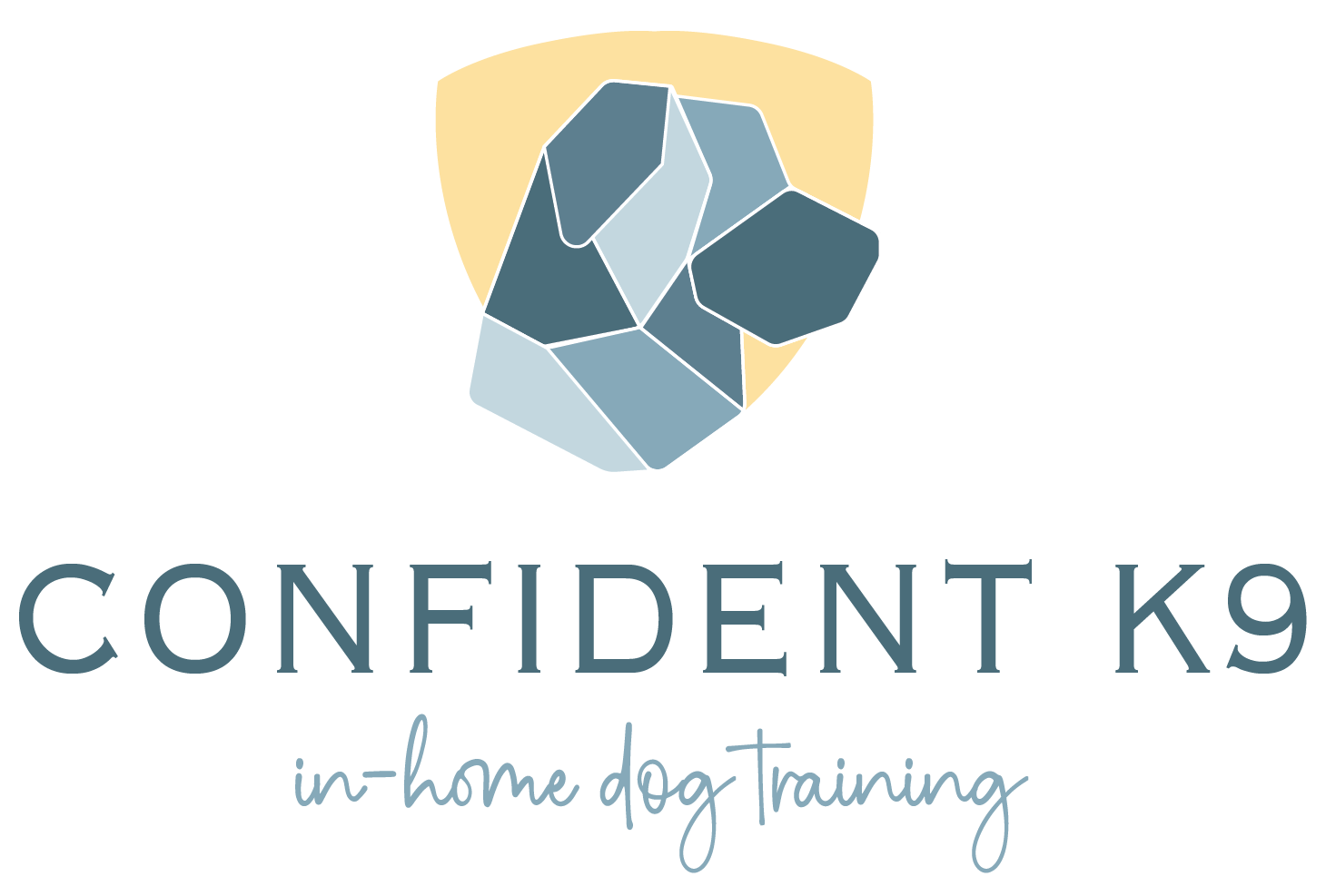
When it comes to nurturing a well-behaved and harmonious relationship with our canine companions, the training methods we choose are of paramount importance. In the realm of dog training, two distinct philosophies have emerged: positive reinforcement and punishment-based approaches. In this article, we’ll delve into the key differences between these methods, highlight the benefits of positive reinforcement, and examine why punishment might not be the most effective path to fostering a solid human-canine bond.
What is the Difference Between Positive Reinforcement and Punishment?
Positive reinforcement and punishment are two fundamentally different approaches to shaping a dog’s behavior. Positive reinforcement involves rewarding desired behaviors with treats, praise, or other positive stimuli, encouraging dogs to repeat those behaviors. On the other hand, punishment entails correcting unwanted behaviors through aversive consequences. This might involve scolding, leash corrections, or other forms of discipline.
Reward-Based Training Versus Punishment: Which is Better?
In the ongoing debate between reward-based training and punishment, it’s essential to weigh the benefits and drawbacks of each approach. Reward-based training focuses on building a dog’s confidence, trust, and enthusiasm for learning. It creates an environment where dogs actively participate in the training process, driven by the desire to earn rewards and please their owners. Punishment-based methods, however, often suppress behaviors through correction, potentially leading to confusion, anxiety, and strained relationships. When making this choice, remember that cultivating trust, mutual respect, and a joyful learning journey leads to a well-behaved and contented furry friend.
Benefits of Positive Reinforcement
Positive reinforcement is more than just a training technique – it’s a philosophy that nurtures a profound bond between pet owners and their dogs. Here are the remarkable benefits that stem from this approach:
- Enhanced Bond and Trust: Positive reinforcement builds trust between you and your dog, strengthening your bond through shared positive experiences and mutual understanding.
- Stress-Free Learning Environment: Dogs respond better when learning is associated with rewards, creating a stress-free environment that encourages active participation and eager learning.
- Long-Lasting Behavior Change: Positive reinforcement addresses the root causes of behaviors, leading to more permanent and consistent changes in your dog’s actions.
- Increased Confidence: As your dog successfully learns and executes commands, their confidence grows, making them more comfortable and sociable in various situations.
- Reduced Fear and Anxiety: By focusing on positive interactions, you reduce the risk of instilling fear or anxiety that can arise from punishment-based methods.
- Mutual Enjoyment: Both you and your dog enjoy training sessions more, making them a positive and enjoyable activity that strengthens your relationship.
- Generalization of Behaviors: Behaviors learned through positive reinforcement tend to generalize across different environments and contexts, leading to more reliable obedience.
Positive reinforcement paves the way for a well-adjusted, confident, and cooperative canine companion, enriching both your lives in immeasurable ways. Remember, every interaction you have with your dog is an opportunity to foster positivity and growth, building a foundation of trust that lasts a lifetime.
The Science Behind Positive Reinforcement
The success of positive reinforcement isn’t merely anecdotal; it’s deeply rooted in the science of canine psychology. This method taps into dogs’ natural reward systems, triggering the release of “feel-good” neurotransmitters like dopamine. When a dog receives treats, praise, or playtime for performing desired behaviors, their brains associate those actions with pleasure, encouraging them to repeat the behavior.
Why Punishment Doesn’t Work in Dog Training
Punishment-based methods might offer seemingly quick results, but they often come with a high cost. Such methods can lead to fear, anxiety, and even aggression in dogs. Dogs may not understand why they’re being punished, leading to confusion and mistrust. Additionally, punishment doesn’t address the underlying cause of unwanted behaviors; it merely suppresses them temporarily without addressing the root issue.
Empowering Through Positive Reinforcement: Real-life Examples
The power of positive reinforcement shines through in real-life success stories. Pet owners who have embraced this approach have witnessed remarkable transformations in their dogs’ behaviors. For instance, stubborn leash pullers have become attentive walking partners, and anxious barkers have learned to remain calm in the face of triggers. These examples showcase how patience, empathy, and rewards can create lasting behavioral changes.
Finding the Right Path: A Holistic Approach to Dog Training
At Confident K9, we believe in a holistic approach to dog training that prioritizes positive reinforcement. Our mission is to empower both pet owners and their dogs by fostering trust and open communication. Our methods not only address behavioral issues but also nurture a harmonious partnership between humans and their furry friends. With positive reinforcement at the core of our training philosophy, we create confident, well-behaved, and happy dogs.
Contact Us
In the realm of dog training, the choices we make have a profound impact on our furry companions’ well-being and the strength of our human-canine bond. Positive reinforcement stands as a beacon of adequate, compassionate, and respectful training. By embracing this approach, we not only guide our dogs toward better behavior but also create a lasting partnership built on trust, communication, and shared joy. At Confident K9, we are dedicated to championing the power of positive reinforcement. Our mission is to empower both pet owners and their dogs, fostering a journey of growth and connection. We invite you to join us in this remarkable voyage, where every tail wag, every eager gaze, and every successful training session becomes a testament to the magic of positive reinforcement.
